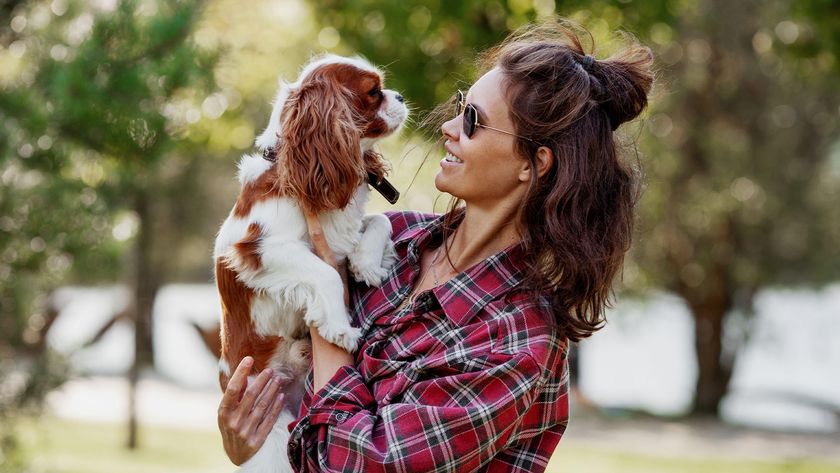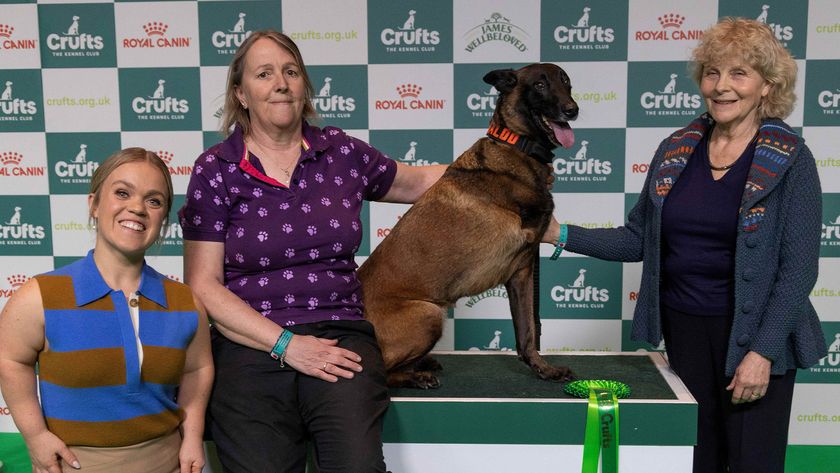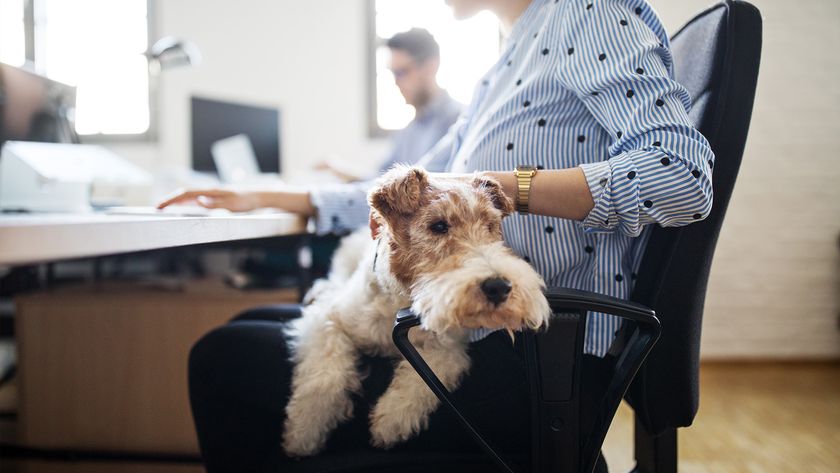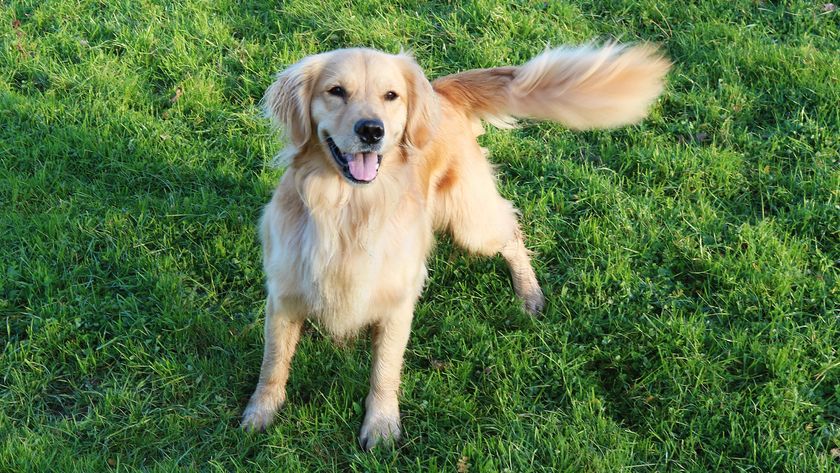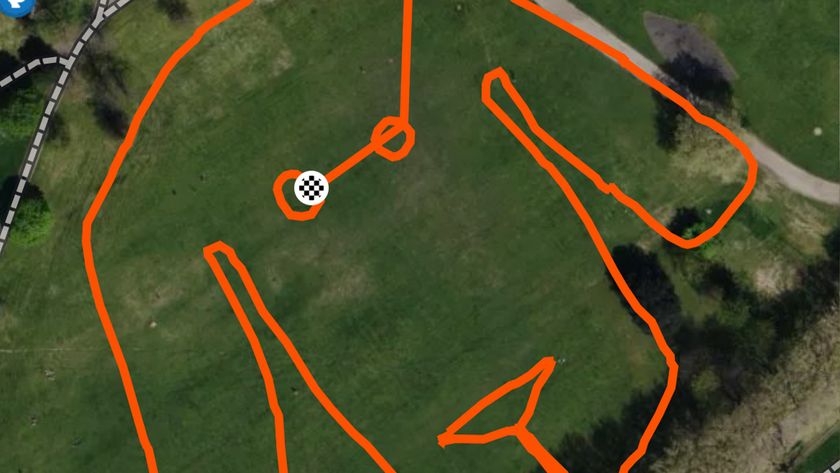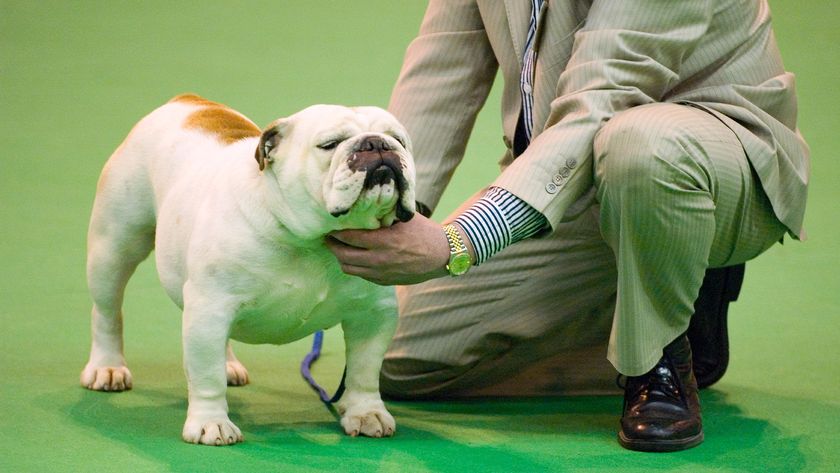Trainer reveals what to do if your pup refuses to walk - and it will help you build a better bond
Is your dog always pausing on walks? Then you need this trainer’s clever tip to get them moving again
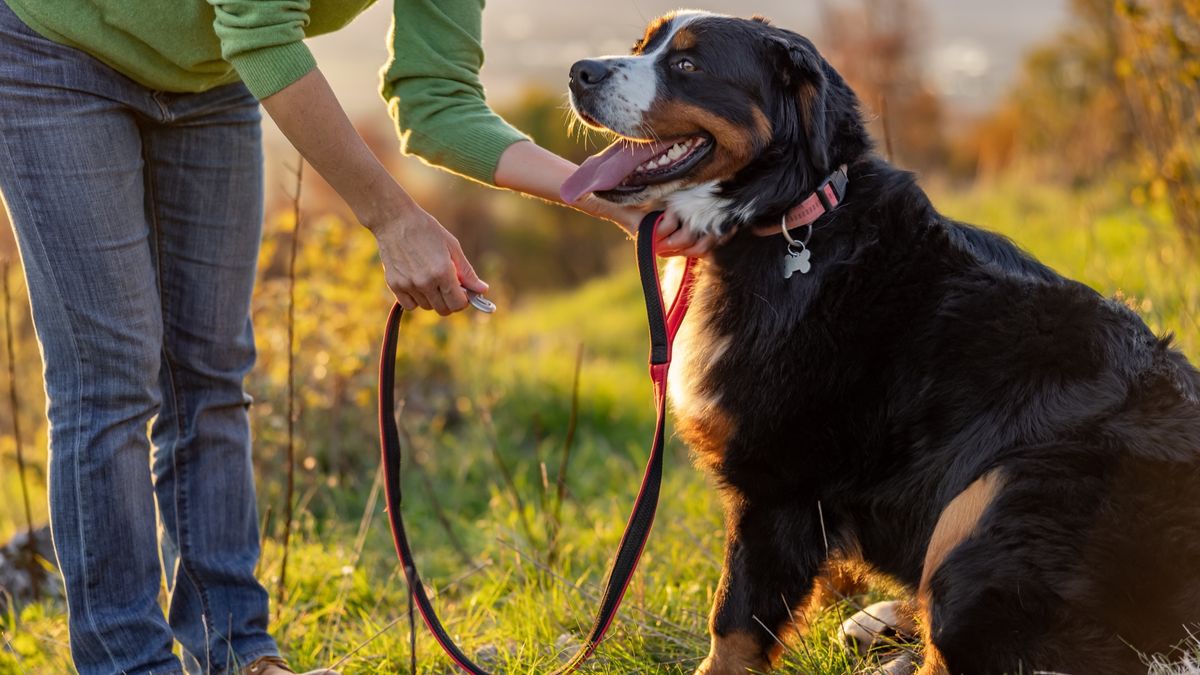
If you're an active, outdoor-loving person, then no doubt one of the best parts of having a dog is being able to get out and about in nature together. But what if you have a new pup that freezes when you go for a walk or a long-time canine companion who suddenly decides they'd rather sit still?
While it can be tempting to label your fur friend as stubborn, expert trainer Julianna DeWillems says getting frustrated with your dog won't serve you when it comes to changing their behavior. Instead, just like when it comes to learning how to calm a reactive dog, understanding the reason for your dog's pause and using thoughtful training techniques is the key to success.
If you're currently struggling with this issue with your own pup, you'll find DeWillems tips below helpful when it comes to understanding what's going on for your dog, strengthening your relationship with them, and getting them moving again.
A post shared by JW Dog Training & Behavior (@jwdogtraining)
A photo posted by on
"Dogs can pause on walks for so many different reasons," DeWillems explains. "Sometimes you can make a pretty good guess about why they've stopped moving, but sometimes it's hard to tell the reason why your dog is pausing on walks. Either way, we aim to approach stopping on walks with patience, kindness and smart training."
DeWillems says that if your dog pauses, it's important not to try to force them to start walking again. "Instead, wait next to the dog and then once they resume walking, reward their movement. By intentionally rewarding when they're moving, we are reinforcing the behavior of taking steps."
It's also worth noting that DeWillems recommends steering clear of one of the most common loose leash walking mistakes, which is using treats to try to entice your dog to move. "This can create a behavior chain of starting and stopping, because that's what the dog thinks is leading to the treat.
Part of being a good positive reinforcement trainer is understanding how reinforcement works, including how it can work against us (dogs are always learning!) and how to use it to our advantage," explains DeWillems.
PetsRadar Newsletter
Get the best advice, tips and top tech for your beloved Pets
If you find you're not seeing any improvements in your dog's walking behavior after a few months of using this technique, we recommend reaching out to a professional trainer for advice and guidance.

Kathryn is a freelance writer who has been a member of the PetsRadar family since it launched in 2020. Highly experienced in her field, she's driven by a desire to provide pet parents with accurate, timely, and informative content that enables them to provide their fur friends with everything they need to thrive. Kathryn works closely with vets and trainers to ensure all articles offer the most up-to-date information across a range of pet-related fields, from insights into health and behavior issues to tips on products and training. When she’s not busy crafting the perfect sentence for her features, buying guides and news pieces, she can be found hanging out with her family (which includes one super sassy cat), drinking copious amounts of Jasmine tea and reading all the books.

